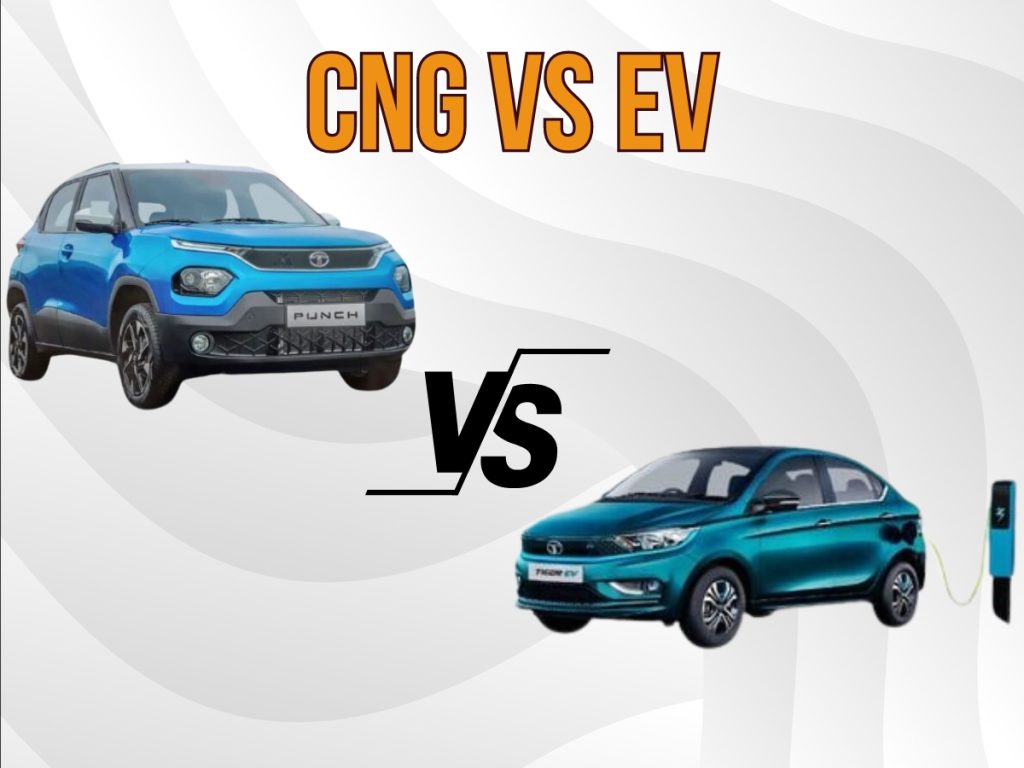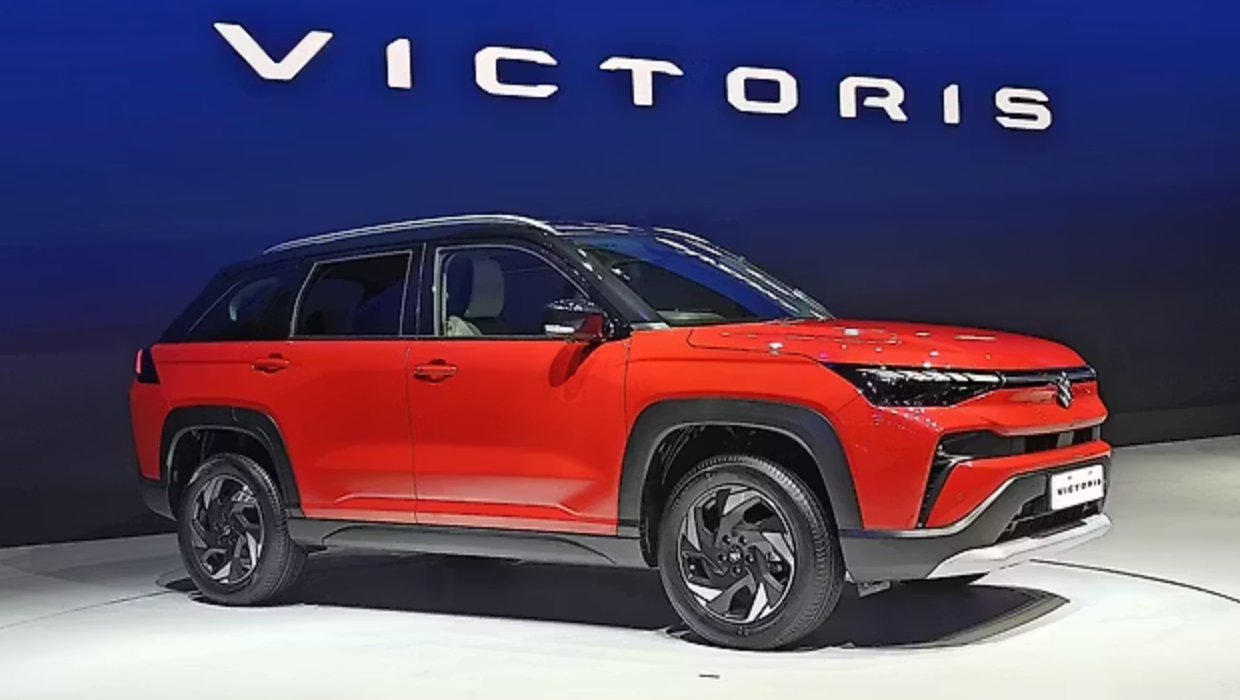Electric vehicles (EVs) and compressed natural gas (CNG) cars have emerged as two of the most cost-effective alternatives to conventional gasoline-powered cars. While EVs boast significantly lower running costs when charged at home, their higher upfront price remains a key concern. On the other hand, CNG cars offer fuel savings without the hefty initial investment. But how do they compare over time?
To answer this, we conducted a real-world test featuring two versions of the Tata Tiago: the Tiago EV and the Tiago CNG. Our objective was to determine the running cost per kilometer and estimate how long it would take for an EV to offset its price premium over the CNG variant.

Understanding the Cost Breakdown: Initial Investment and Fueling Expenses
Upfront Costs: EV vs. CNG
| Model | Price (Ex-showroom) |
|---|---|
| Tiago iCNG XZA | ₹8,45,000 |
| Tiago EV XZ+ Lux | ₹11,14,000 |
| Difference | ₹2,69,000 |
The Tata Tiago EV comes at a premium of ₹2.69 lakh over its CNG counterpart, meaning buyers need to drive extensively to justify the extra investment.
Charging & Refueling Costs
| Vehicle | Fuel Type | Battery/Fuel Capacity | Cost per Unit | Total Cost |
| Tiago EV | Battery | 24 kWh | ₹12 (home charging) | ₹288 |
| Tiago CNG | CNG Tank | 8.75 kg | ₹91.42/kg | ₹800 |
While home charging significantly reduces the EV’s running costs, those relying on DC fast charging will see increased expenses.
Real-World Test: City and Highway Performance
Testing Parameters
We took both cars on a 150 km journey:
- 100 km highway run: Pune to Lonavala via the Mumbai-Pune Expressway.
- 50 km city drive: Urban traffic conditions in Pune.
At no point was the Tiago CNG switched to petrol mode.
Performance Analysis: Drive Impressions
Tata Tiago EV: A Smoother Drive
- Instant acceleration and seamless power delivery.
- Quiet cabin with minimal noise.
- Excels in both city and highway conditions.
Tata Tiago CNG: Efficient but Underpowered
- Works well in city traffic with minimal performance drop.
- Struggles on highways with slower acceleration.
- Loud engine noise at high speeds.
If performance and driving experience are a priority, the EV outshines the CNG version.
Cost Per Kilometer: The Ultimate Comparison
| Vehicle | Distance Covered | Cost Per Unit | Total Cost | Per KM Cost |
| Tiago EV (Home Charging) | 152.3 km | ₹12 | ₹242.4 | ₹1.59 |
| Tiago EV (DC Fast Charging) | 152.3 km | ₹28.3 | ₹572.06 | ₹3.75 |
| Tiago CNG | 151.2 km | ₹91.42/kg | ₹571.87 | ₹3.78 |
Clearly, home-charged EVs are far cheaper to run than CNG cars. However, with fast charging, the per km cost becomes almost identical.
Cost Recovery Analysis: When Does an EV Make Sense?
| Usage | CNG Cost | EV Cost (Home) | Savings | Break-even Period |
| 1000 km/month | ₹45,360/year | ₹19,200/year | ₹26,160/year | 10.28 years |
| 2000 km/month | ₹90,720/year | ₹38,400/year | ₹52,320/year | 5.14 years |
| 3000 km/month | ₹1,36,080/year | ₹57,600/year | ₹78,480/year | 3.42 years |
If you drive more than 2000 km per month, the Tiago EV becomes a more cost-effective option within 5 years.
Which One Should You Buy?
- For short daily commutes (under 60 km/day): The Tiago CNG is the more economical option due to its lower upfront cost and efficient fuel consumption.
- For high-mileage users (80+ km/day): The Tiago EV becomes cost-effective within 5 years, offering a superior driving experience.
If performance, sustainability, and long-term savings matter to you, the Tiago EV is the smarter choice. But if affordability and fuel efficiency are your priorities, the Tiago CNG is the way to go.
Frequently Asked Questions
1. Which is cheaper to run: EV or CNG?
EVs are cheaper to run, especially when charged at home, but their higher initial cost requires a longer break-even period compared to CNG cars.
2. How long does it take to recover the extra cost of a Tiago EV?
If driven 1000 km/month, the break-even period is around 10 years. If driven 3000 km/month, it drops to 3.5 years.
3. Is the Tiago EV worth buying over the CNG model?
If you drive over 80 km per day, the Tiago EV makes more financial sense in the long run due to lower running costs and better performance.
4. What is the biggest disadvantage of an EV compared to CNG?
The biggest disadvantage is the high upfront cost and limited fast-charging infrastructure, which can make long trips less convenient.
5. Can I rely on fast charging for my EV?
Fast charging is convenient but increases your per km running cost, making home charging the most cost-effective option.




